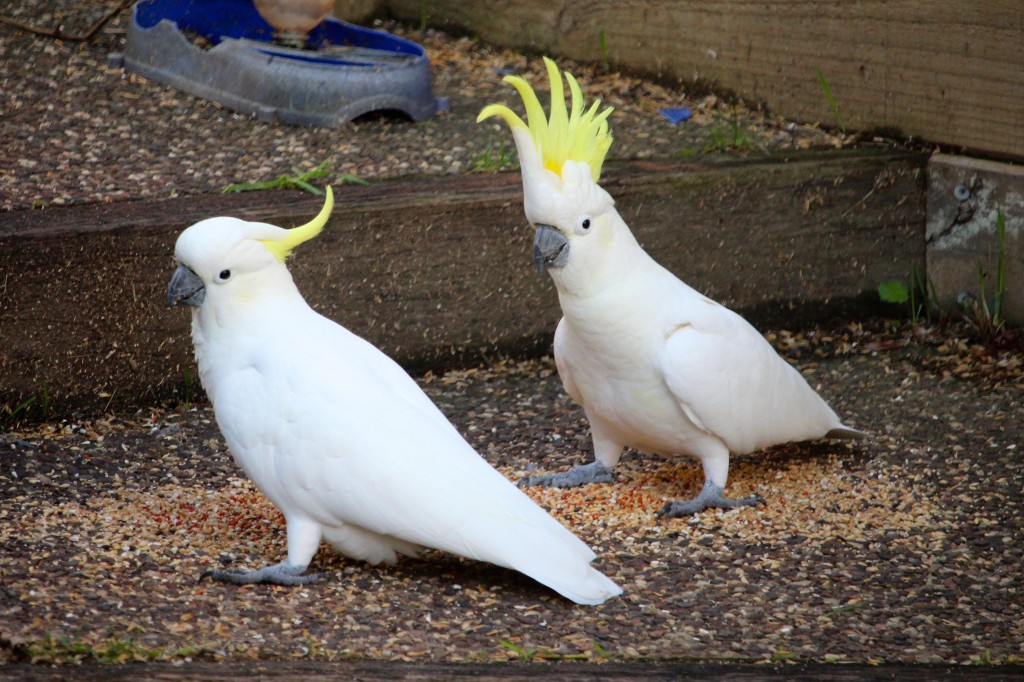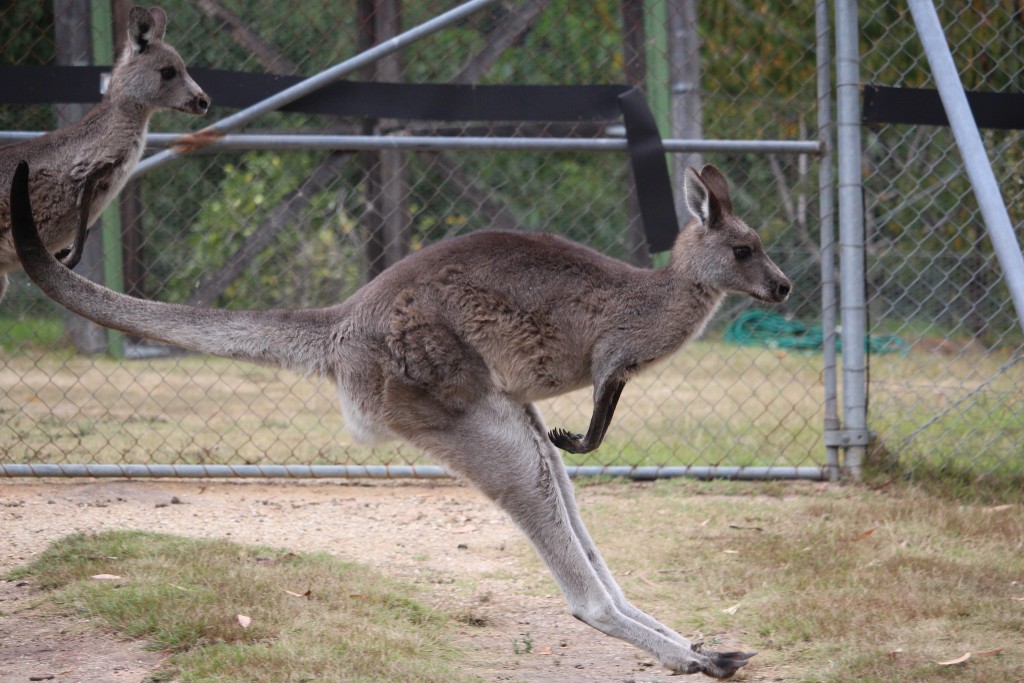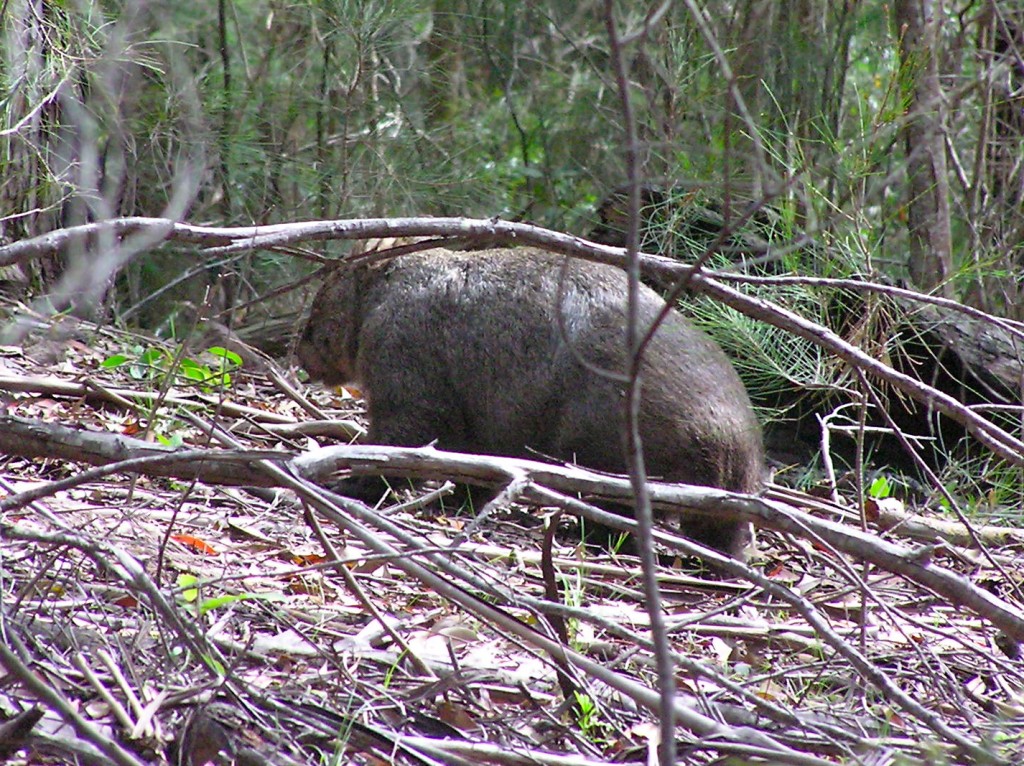It's been some time since I have added a post. My life as a carer as well as recording and producing DVDs and occasionally CDs for schools and community groups as well as taking long hikes when I can escape to one of our national parks has kept me busy but, with a new school year having started for some of my Northern Hemisphere friends, I wanted to share a post about some local animals and a group called Backyard Buddies.
Backyard Buddies is a free education program run by the Foundation for National Parks & Wildlife. Backyard Buddies are the native plants and animals that share our built-up areas, waterways, backyards and parks. Backyard Buddies are also the people who value native wildlife and want to protect it.
In order to raise funds and awareness, Backyard Buddies sells soft toys. Appreciating the work they do, I have purchased some over the last few years and want to give them a new home. I will share a little about each of the three soft toys I have and at the end of each section will reveal where they will find new homes.
Sulphur Crested White Cockatoo (Cacatua galerita)

Sulphur-Crested White Cockatoos are common in my area and are often heard because of their loud squarking call. Most days, some of the cockatoos visit my yard looking for seed I leave out for native birds. Occasionally, one of the cheeky birds comes near my back door, looks inside and squawks loudly if I'm a little late putting out seed.
The photo is of a pair of cockatoos looking for seed in my backyard. I have a Backyard Buddies cockatoo soft toy that will be winging its way to a school I know so well in Calgary, Canada. They will also find a small plastic sign, a copy of the type drivers in Australia might see along the roads in some areas.
Kangaroo

Kangaroos, and the smaller wallabies, are often seen when I'm hiking or along roadsides. Because of this, kangaroo warning signs are often along the roadside. For the unwary driver, the kangaroos and wallabies can suddenly jump in front of cars , especially in early morning and dusk. I'm sad to say, I often see kangaroos and wallabies on the roadside that didn't make it across roads.
Occasionally, kangaroos and wallabies visit my front yard in order to fee on the grass on my lawn. The most common kangaroo species around here are eastern grey kangaroos (Macropus giganteus). The males can be up to nearly 2m in height. The photo is of a young eastern grey kangaroo in full hop. The most common wallaby species is the swamp wallaby (Wallabia bicolor).
Did you know scientists looked at the hopping of kangaroos and wallabies because they wanted to find out if it was an energy-efficient way of moving? They found the hopping can help them cover large distances quickly whereas walking would use much more energy to cover the same distance.
A Backyard Buddy kangaroo will be hopping its way to a school in Whitfield, U.K.
Wombat

Wombats, like kangaroos and wallabies, are common in my area and can sometimes be seen along the roadside where they weren't able to make it safely across the road. The plastic sign with this Backyard Buddy is a small version of the wombat warning sign drivers can see along some of our roads. The photo shows an adult wombat I saw while hiking. Unusually, I saw it during the day whereas they normally come out of their burrows as it starts to become dark.
The wombats in my area are known as common wombats (Vombatus ursinus), They can be an average of about 26kg in weight. The photo below is of a young wombat being cared for at Potoroo Palace Native Animal Educational Sanctuary. It's mother had been killed on the road.

